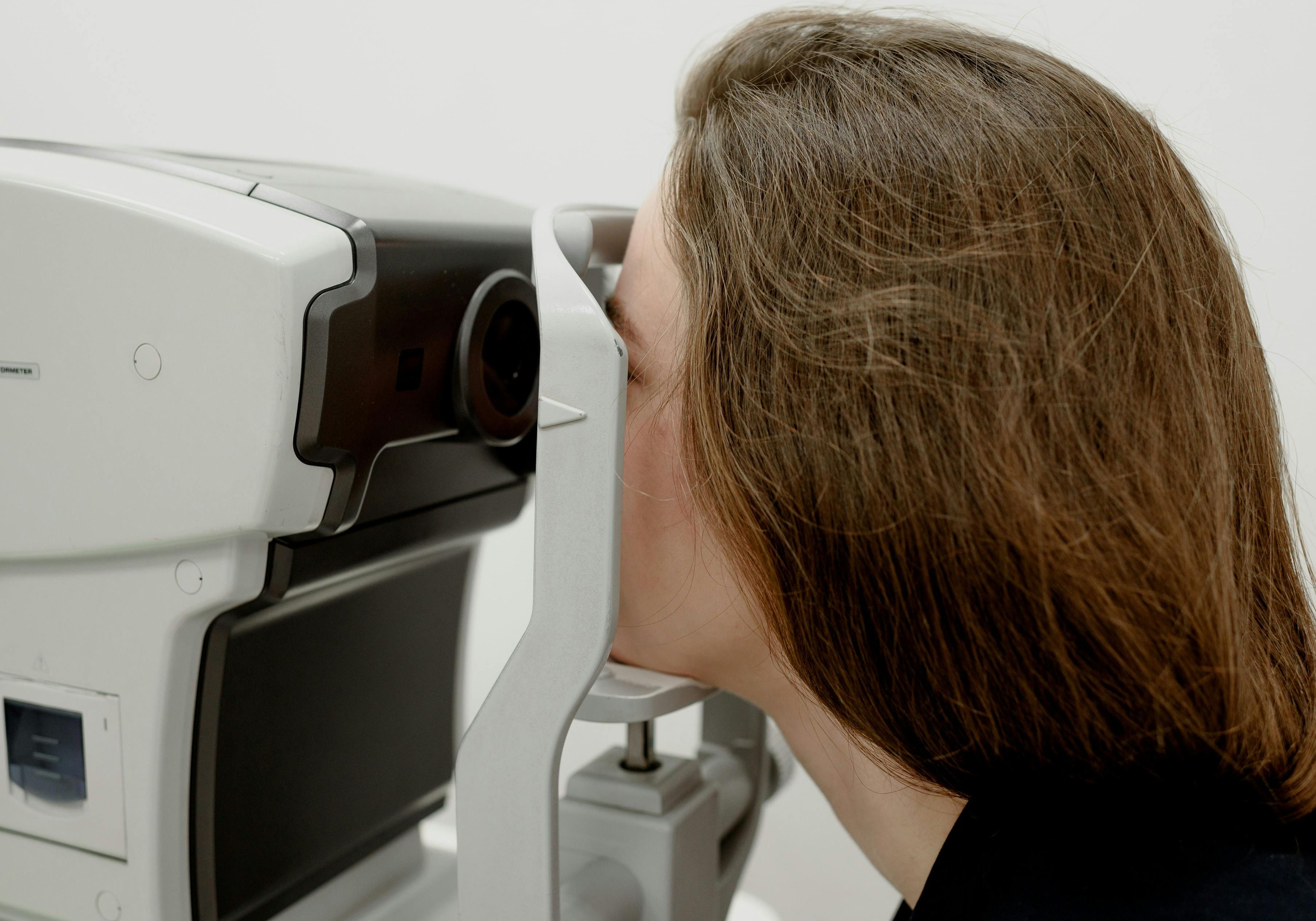FindHealthcareWork.com
The Impact of Technology in Optometry: How OCT and Optomap Are Revolutionising Eye Care

Technology is transforming the optometry profession in the UK, reshaping how we deliver eye care. With the demand for high-quality services on the rise, advanced diagnostic tools like Optical Coherence Tomography (OCT) and Optomap retinal imaging have become vital in modern practice. These innovations not only enhance patient care but also solidify our role as leaders in preventative health and early disease detection.
The Role of OCT in UK Optometry
Optical Coherence Tomography (OCT) has redefined how UK optometrists diagnose and manage eye conditions. By using light waves to generate detailed cross-sectional images of the retina, OCT allows us to detect issues that may not be visible during standard eye exams. This non-invasive tool provides unparalleled insights into the retina’s layers, enabling early detection of glaucoma, diabetic retinopathy, macular degeneration, and even systemic health conditions such as hypertension.
OCT has shifted our profession from reactive care to proactive management. By catching conditions early, we can initiate treatment managements that prevent vision loss and improve long-term outcomes for our patients. In a country where the population is aging and eye conditions are becoming more prevalent, OCT is an essential tool in safeguarding vision. It also helps us educate patients by offering visual explanations of their eye health, building trust and enhancing their understanding of the care we provide.
The Benefits of Optomap Retinal Imaging
Optomap retinal imaging is another ground-breaking technology, offering UK optometrists an ultra-widefield view of the retina in just seconds. Unlike traditional methods that capture only a limited view, Optomap provides a 200-degree image, covering up to 82% of the retina in a single scan. This comprehensive view allows us to detect peripheral retinal issues that might otherwise go unnoticed.
For busy UK practices, Optomap’s speed and reliability enhance both efficiency and care quality. Its ability to quickly identify signs of retinal tears, detachments, and other abnormalities makes it an invaluable asset. Moreover, the clarity of the images helps us communicate findings to patients, reinforcing the importance of regular eye exams and increasing their appreciation for our expertise.
Elevating the Role of UK Optometrists
The integration of advanced technologies like OCT and Optomap has elevated the role of UK optometrists within healthcare. Historically viewed as providers of vision correction, we are now recognised as key players in preventative care and early disease detection. These tools enable us to collaborate more effectively with ophthalmologists and other healthcare professionals, ensuring timely referrals and comprehensive management for complex cases.
Embracing these technologies also enhances professional satisfaction. They allow us to practise at the top of our scope, providing services that go beyond routine sight tests. This shift not only benefits our patients but also reinforces the value of our expertise and the essential role we play in overall healthcare.
Meeting Patient Expectations in the UK
UK patients are increasingly tech-savvy and expect cutting-edge care. Practices that invest in advanced diagnostic equipment like OCT and Optomap stand out in a competitive market. Offering these services not only meets patient expectations but also fosters loyalty and trust. Patients value the reassurance of thorough, high-tech examinations and are more likely to recommend practices that prioritise their eye health.
Additionally, these tools enable us to engage with patients on a deeper level. Showing them detailed images of their eyes and explaining the findings builds trust and demonstrates the depth of our care, ensuring they feel valued and understood.
Challenges and Opportunities for UK Optometrists
While the benefits of OCT and Optomap are clear, their integration does present challenges. High initial costs and ongoing maintenance can be a barrier, particularly for smaller or independent practices. However, these investments often pay for themselves over time through increased patient numbers, enhanced diagnostic capabilities, and the ability to offer premium services.
Continuous professional development is also crucial. Staying up to date with technological advancements ensures we maximise the potential of these tools and maintain high standards of care. Fortunately, many CPD providers in the UK offer training specifically tailored to mastering OCT and Optomap, making it easier for us to stay ahead.
The Future of Technology in UK Optometry
The adoption of OCT and Optomap is just the beginning. Innovations in artificial intelligence (AI) and machine learning are set to revolutionise our field further. AI-powered diagnostic tools are already showing promise in detecting eye diseases with incredible accuracy, allowing us to focus on patient care while technology handles rapid, precise analysis.
As these advancements emerge, the role of UK optometrists will continue to evolve. Those who embrace new technologies will not only enhance their practices but also strengthen their position as essential healthcare providers in a connected and data-driven system.
Conclusion
For UK optometrists, tools like OCT and Optomap are transforming how we deliver care, enabling us to detect and manage conditions earlier, engage more effectively with patients, and stand out in a competitive landscape. Embracing these advancements is essential for anyone looking to lead the way in modern eye care. The future of our profession is bright—and it’s powered by technology.
Subscribe to our Newsletter
Get alerts on optometry jobs, CPD events and materials & updates from our blog.
FindHealthcareWork.com